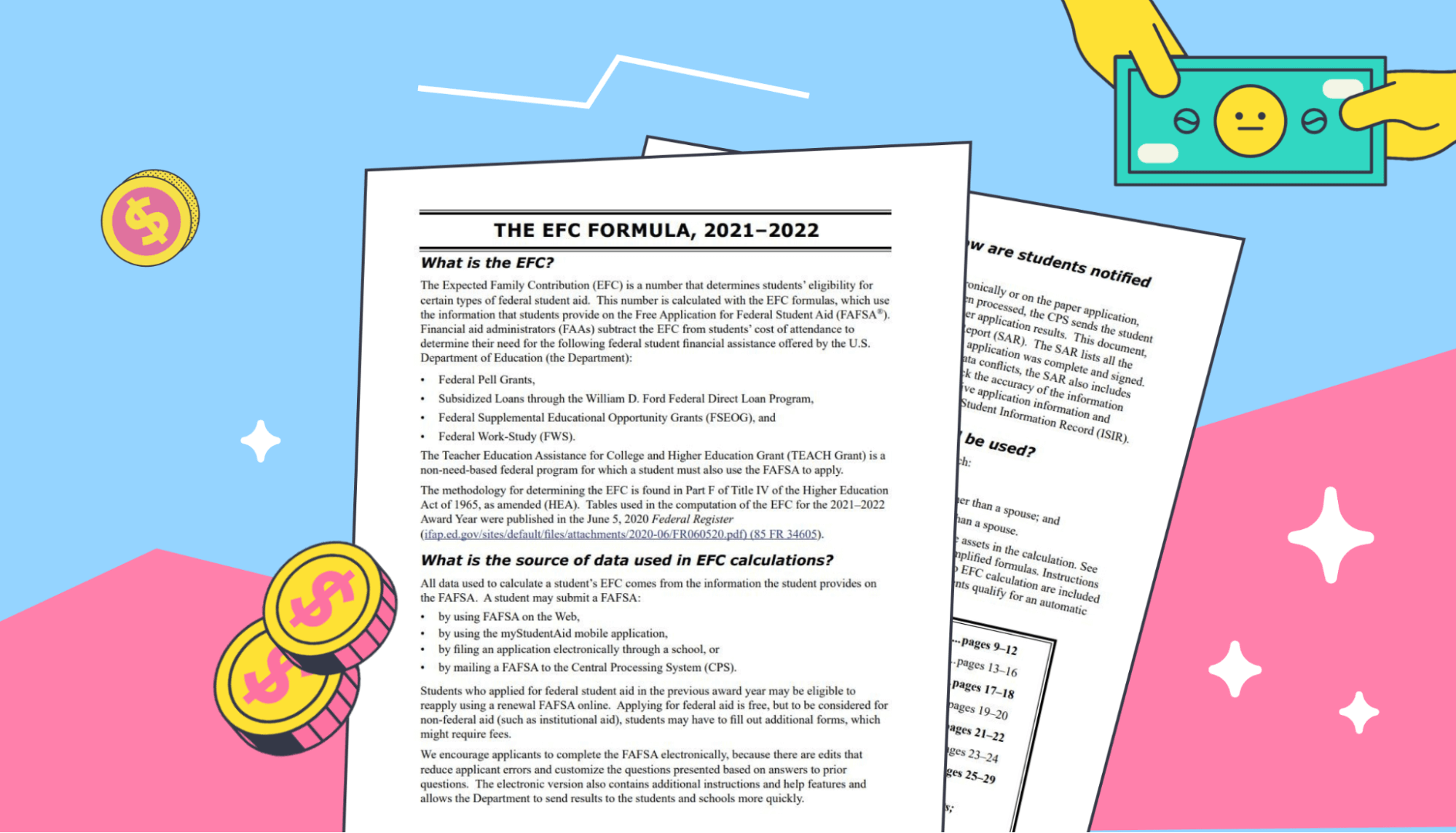Financial aid can be a crucial resource for students seeking to fund their education, and reapplying for it each year is often necessary to continue receiving support. Whether you’re a returning student or planning ahead, understanding the process of reapplying for financial aid is essential. This guide will walk you through the steps, deadlines, and tips to ensure your application is successful.
1. Understand the Importance of Reapplying
Financial aid isn’t a one-time deal; it typically needs to be renewed annually. This is because your financial situation, academic progress, and other factors may change from year to year. Reapplying ensures that your financial aid package reflects your current needs and circumstances.
2. Know the Key Deadlines
One of the most critical aspects of reapplying for financial aid is meeting the deadlines. The FAFSA (Free Application for Federal Student Aid) opens on October 1st each year for the following academic year. It’s crucial to submit your FAFSA as soon as possible, as some financial aid is awarded on a first-come, first-served basis.
- FAFSA Deadline: Typically June 30th of the academic year for federal aid.
- State and School Deadlines: These can vary, so check with your state’s education department and your school’s financial aid office for specific dates.
3. Gather Required Documentation
When reapplying for financial aid, you’ll need to provide updated financial information. This includes:
- Tax Returns: Use the IRS Data Retrieval Tool to import your tax information directly into the FAFSA.
- Bank Statements: Reflecting your current assets.
- Income Information: This includes wages, salaries, and any other income.
- Household Information: Number of family members and their enrollment status in college.
4. Update Your FAFSA Information
Log into your FAFSA account and review the information you previously submitted. Update any changes in your financial situation, family size, or college plans. Accuracy is crucial, as errors can delay the processing of your application.
5. Understand the Impact of Academic Progress
Your academic progress plays a significant role in your eligibility for financial aid. Most schools have a Satisfactory Academic Progress (SAP) policy that you must meet to continue receiving aid. This typically includes maintaining a minimum GPA and completing a certain percentage of attempted credits. Failure to meet these requirements could result in losing your financial aid.
6. Consider Additional Financial Aid Options
If your financial aid package doesn’t cover all your expenses, explore additional options:
- Scholarships and Grants: Many are available through private organizations, your college, or state programs.
- Work-Study Programs: These allow you to earn money while gaining work experience.
- Student Loans: Federal loans often offer better terms than private loans, so consider these first.
7. Follow Up with Your Financial Aid Office
After submitting your FAFSA, monitor your email and student portal for updates from your financial aid office. They may request additional documentation or clarification. Respond promptly to ensure your application is processed without delays.
8. Plan for the Future
Reapplying for financial aid is an annual task, so keep track of deadlines and requirements each year. Consider setting reminders to ensure you don’t miss any important dates.
Summary
Reapplying for financial aid is a straightforward process, but it requires attention to detail and adherence to deadlines. By understanding the steps involved and staying organized, you can maximize your chances of receiving the financial support you need to continue your education.
By following these tips and staying proactive, you’ll be well-prepared to navigate the financial aid renewal process with confidence.
